TL;DR
Homes are getting warmer, richer, and more human this fall. Interior design trends center on earthy color palettes, vintage furniture, soft curves with polished nickel, and layered textures — practical ways to style a lived-in home for fall.
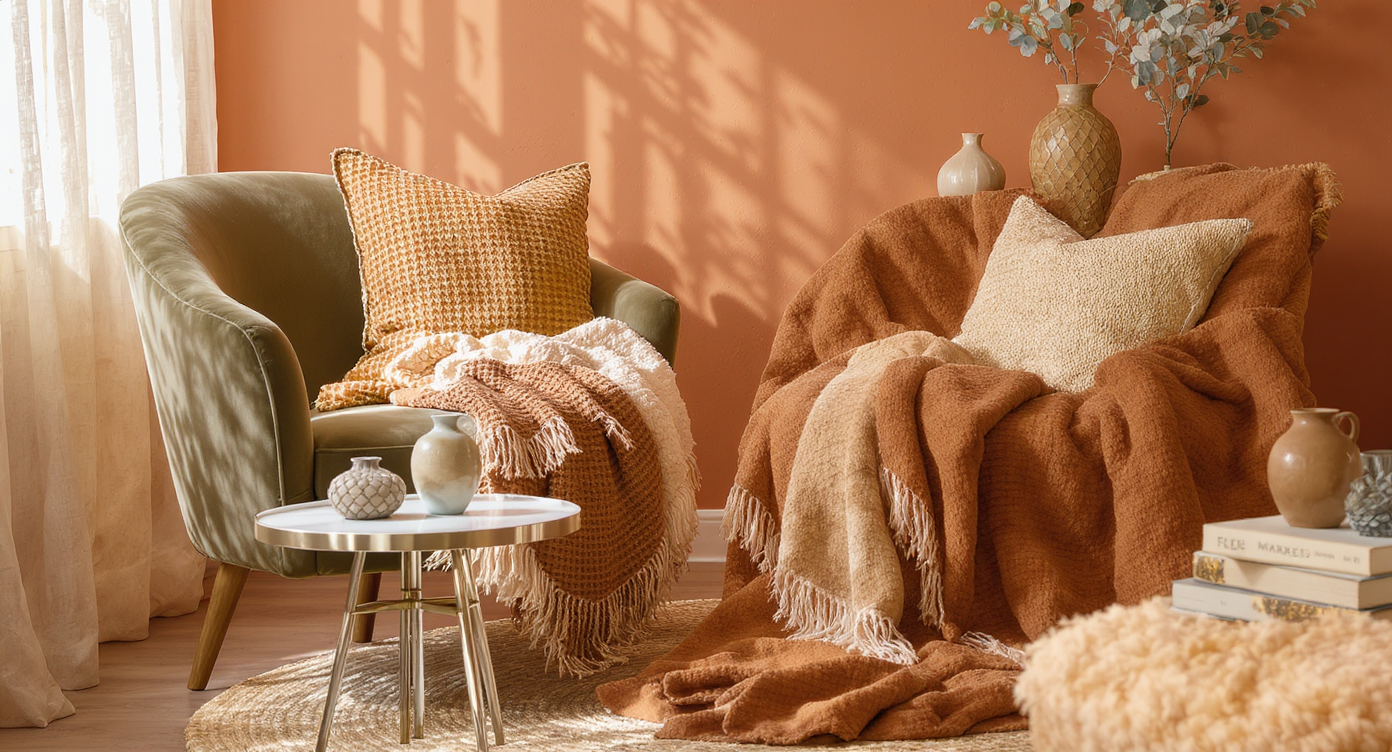
Key trend elements like soft curves, layered textures, and earthy hues create an inviting, tactile space.
SEO intro: Fall 2025 interior design trends favor warmth, texture, and personality. Think earthy colors, vintage pieces, soft curves, and polished nickel.
Here’s the thing: the most-searched interior design trends for fall 2025 aren’t about perfection. They’re about homes that feel lived-in and loved. In the first 100 words alone, you’ll find what’s driving demand right now — earthy color palettes, vintage furniture, soft curves, layered textures, and polished nickel — plus how to style a lived-in home without clutter.
Designers describe a collective exhale. Cool grays are giving way to sunbaked tones. Flea-market treasures sit confidently beside contemporary sofas. Curves take the edge off boxy rooms. And texture steps forward as the quiet hero. The result is comfort-led modernism with substance and soul.
Trend Overview: A Lived-In, Layered Mindset
Across projects, the uniting thread is a tactile, quietly luxurious home that ages gracefully. Experts recommend pairing warm neutrals with characterful finishes to create rooms that wear well and welcome daily life.
This season leans into sustainability, tactility, and warmth: earthy paint colors, vintage furniture with patina, soft curves, layered textures, and metallic finishes like polished nickel. The palette shifts from cool gray to camel, clay, and forest green, with plum and pastel yellow as mood-balancing accents.
Anecdote
A homeowner layered a wool flatweave over a jute rug in a high-ceilinged loft; echoes faded and the space felt instantly warmer and more intimate.
Earthy Color Palettes: Warm Neutrals With Range
Earthy color palettes ground rooms and make them instantly cozier for fall 2025. Designers often advise a 60-30-10 rule: 60 percent warm neutrals, 30 percent saturated earth tones, 10 percent lifted accents.
Think terracotta, russet, deep brown, forest green, and plum balanced by warm white and creamy stone. If paint feels like a leap, switch a neutral anchor to a bold-toned piece: a moss green velvet armchair or a russet sofa can flip a room’s mood in minutes. For small spaces, choose paints with a light reflectance value (LRV) above 55 to keep the room bright while still reading warm. One more pro move: repeat a color at least three times in different materials to lock cohesion.
How to Bring It Home
- Try a warm neutral like taupe or khaki on walls, then layer terracotta textiles and forest green art.
- Use plum or pastel yellow as a single accent via pillows, lampshades, or a painted side chair.
Alt text suggestion: Cozy living room with terracotta walls, moss green chair, and cream stone accents. Caption: Earthy color palettes add warmth without sacrificing light.
Vintage Pieces: Character You Can’t Fake
Vintage furniture makes rooms feel storied and sustainable. Experts recommend mixing eras in a 70-20-10 ratio: 70 percent foundational pieces, 20 percent vintage, 10 percent quirky or collectible.
The appetite for authenticity is real. Clients are rescuing heirlooms, thrifting statement lighting, and reviving early-2000s icons. One family refreshed a sleek, low-profile leather sofa from storage and suddenly their high-ceilinged parlor felt intentional instead of empty. Another homeowner swapped mass-market nightstands for mismatched wood tables with visible grain; the bedroom gained depth overnight. Practical tip: measure before you haul home a find — an 8-by-10 rug suits an 11-by-13 room best, and side tables should sit within 2 inches of a sofa arm height.
How to Bring It Home
- Start with lighting and side tables; they add patina fast with low risk.
- Mix finishes thoughtfully: pair timeworn wood with crisp upholstery to balance age and polish.
Alt text suggestion: Vintage wood console with patina under contemporary art. Caption: A single vintage piece can anchor a modern room.
Soft Curves and Metallic Finishes: Comfort Meets Luster
Curved furniture and polished nickel signal a shift from hard minimalism to human-friendly shapes. Designers note that a 30 to 36 inch walkway around seating keeps curved layouts functional.
Sectionals with a gentle bend, radius-edge coffee tables, and tub chairs instantly soften boxy architecture. Curves invite conversation and movement, especially in open-plan living rooms where straight lines can feel stiff. Meanwhile, polished nickel is quietly returning in bathrooms, hardware, and consoles, offering a cooler luster than brass without reading cold. A smart guideline: mix metals in a dominant-to-accent ratio of 70-30 and cap the palette at two finishes per room for clarity.
How to Bring It Home
- Swap a sharp-edged side table for an oval or drum shape; it changes flow immediately.
- Use polished nickel for faucets or cabinet pulls while keeping existing brass in lighting.
Alt text suggestion: Curved sectional with polished nickel floor lamp. Caption: Soft geometry and nickel finishes add ease and glow.
Layered Textures: Tactility Is the New Luxury
Layered textures make spaces read richer and more intimate in fall. Experts recommend three texture families per room: one matte (plaster, wool), one sheen (sateen, silk), and one pronounced (bouclé, ribbed stone).
From veined marble and quartzite accents to ribbed wood, bouclé, and nubby linen, texture is what turns quiet palettes into dimensional rooms. A small gesture can lead big: branches in a heavy vessel, a marble bowl on a soft runner, or a vintage rug over sisal. One couple layered a wool flatweave atop their jute rug and instantly dampened echo in a tall-ceilinged loft; texture also improves acoustics. Keep contrast in mind: every soft element needs a structured counterpart so rooms don’t feel slouchy.
How to Bring It Home
- Pair bouclé or chenille with ribbed wood and honed stone for depth without glare.
- Use 18 inches between sofa and coffee table to maintain comfort in tactile-heavy settings.
Alt text suggestion: Layered textiles on a cream sofa with ribbed wood credenza. Caption: Texture adds dimension, warmth, and calm.
Trend Crossovers and Contrasts
These trends converge on one message: comfort with intention. Designers often advise balancing warmth with structure so earthy colors, vintage pieces, soft curves, and layered textures read elegant, not messy.
Notice the cross-pollination: a curved sofa upholstered in bouclé marries geometry and texture; polished nickel brightens warm taupe walls; a vintage wood console steadies plush textiles. The contrasts are purposeful — cool luster against warm pigment, organic curves against rectilinear architecture — creating rooms that feel collected over time.
What People Often Get Wrong About 2025 Design Trends
- Mistaking warm neutrals for beige overload. Add contrast with deep brown, forest green, or plum so the palette has shadows and light.
- Buying all vintage at once. Mix slowly; one standout with patina per room prevents a theme-park vibe.
- Over-curving everything. Keep at least one rectilinear anchor — a console or rug — so soft shapes don’t drift.
- Layering texture without sheen. Every matte needs a touch of luster, like nickel or silk, to bounce light and avoid dullness.
Expert Insights and Mini-Anecdotes
One homeowner traded a beige sofa for moss green velvet; the art suddenly felt alive and the room needed fewer accessories. Color doesn’t require volume, just intention.
A designer refreshed a stored early-2000s leather sofa and it finally made sense under 20-foot ceilings — scale and history did what new furniture couldn’t.
In a narrow living room, a small-radius curved sectional opened circulation, and a 36 inch pathway kept traffic comfortable during gatherings.
Two field-tested rules: hang wall sconces at about 66 inches from the floor for flattering light, and install curtain rods 4 to 6 inches above the frame to elongate walls.
Tools, Resources and Visualization
Curious how these ideas look in your home? Use ReimagineHome to test warm neutral paint, drop in a sculptural sofa, try polished nickel hardware, or layer textures before you buy.
Picture a living room in soft taupe with a curved sectional, ribbed wood console, nickel lamp, and plum throw — quiet luxury, zero pretense.
Visualization Scenario
Open the living room camera in ReimagineHome, swap your gray walls for warm taupe, drop in a curved sectional, and toggle brass to polished nickel for a quick glow-up.
FAQ
How should I mix metals in a bathroom for fall 2025?
Use a 70-30 mix of one dominant metal with one accent, and limit the palette to two finishes; polished nickel pairs well with warm brass lighting.
What’s the best way to layer textures without clutter?
Choose three texture families — matte, sheen, and pronounced — and repeat each at least twice across the room for cohesion.
How do you pick an earthy color palette for a small room?
Select warm neutrals with an LRV above 55, then add one saturated earth tone as accents across textiles, art, and a single furniture piece.
How can I make my home feel lived-in without adding clutter?
Anchor each room with one vintage piece for character, keep clear walkways of 30 to 36 inches, and edit accessories to a focused color story.
Fall 2025 design is less about getting everything right and more about getting what matters right. Earthy color palettes set the mood, vintage pieces add story, soft curves invite people in, and layered textures reward the senses. The look is warm, unhurried, and deeply human. If a room makes you want to exhale, linger, and live — you’re on trend.

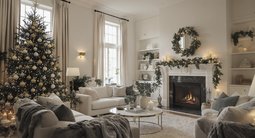
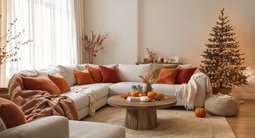
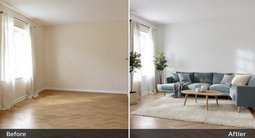
.svg)

.svg)
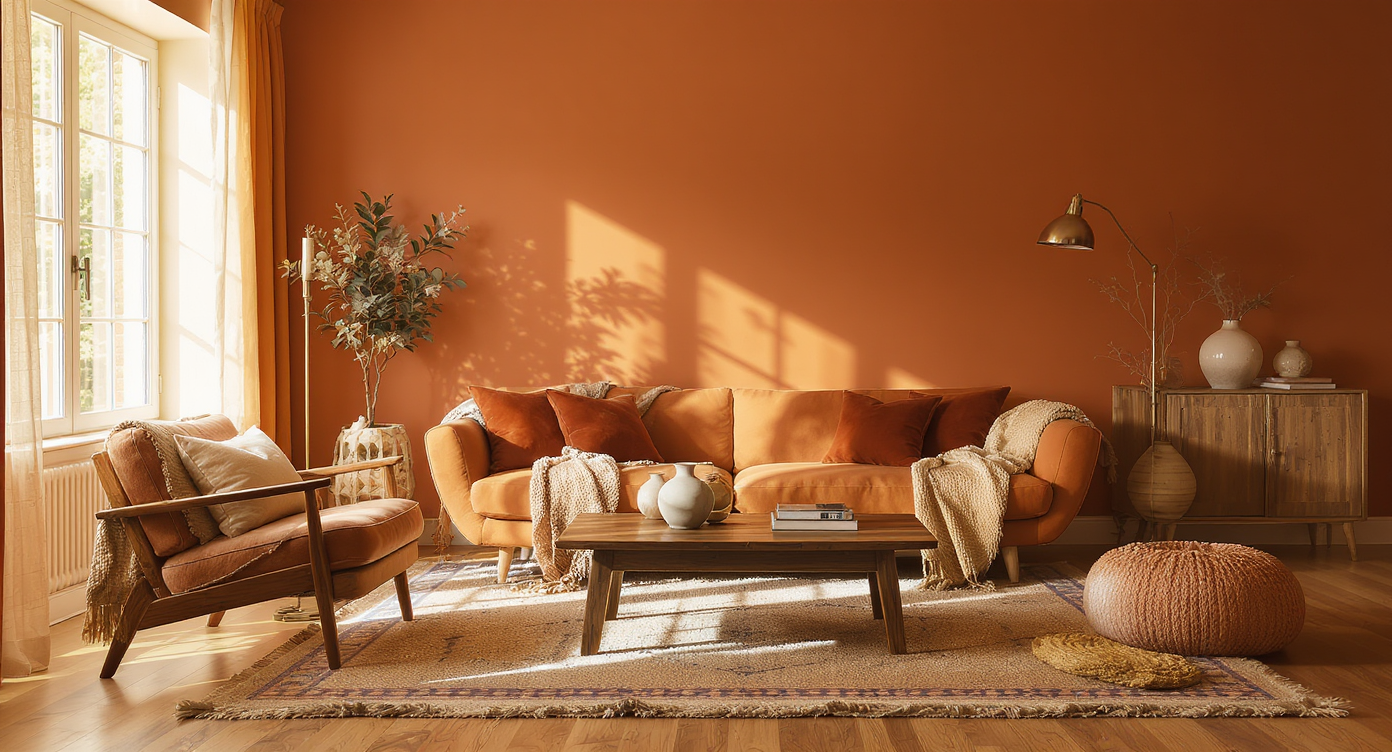


.png)